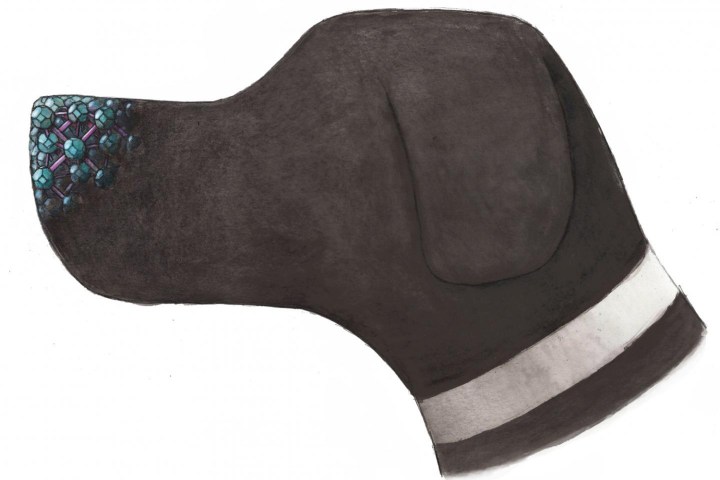
Alcohol breathalyzers are one of the most common electronic noses. But where alcohol is easy to detect due to its high-concentration in an inebriated person’s breath, many other gases are less obvious due to their low concentrations relative to the surrounding air and their complex molecular structure.
Stassen and his co-author, Professor Rob Ameloot of KU Leuven in Belgium, sought to pinpoint these more easily concealed gases and turned to nature for inspiration. “Living organisms use a diverse range of olfactory receptors to identify odors based on their physiochemical properties,” Stassen tells Digital Trends.
“However, such proteins are difficult to integrate in electronics. The materials that we propose, metal-organic frameworks or MOFs, are a novel class of synthetic materials that, like proteins, are built from organic and inorganic moieties and contain nanoscale voids that can serve as receptors for odors.”
Stassen describes MOFs as “like microscopic sponges,” which can soak up quantities of gas into nanoscopic pores. The frameworks’ sponginess and small pores enable them to detect minuscule molecules, such as sarin used in nerve gas, and residue left over from pesticides on crops, in quantities as slight as parts per billion. In a study published in the journal Chemical Science, the researchers specialized the MOFs to detect particular compounds used in both substances — however, Stassen says they will eventually be able to design MOFs to detect different substances.
“Many families of volatile organics could be targeted in the future,” Stassen says. “For example, odor patterns can be used for applications ranging from breath-analysis disease detection to wine authentication. Smell is one of the few senses that has not yet found its way to our smartphones. We think that this will change in the near future.”
The researchers believe they can apply MOFs to electrical circuits to turn devices like smartphones into gas sensors. Still, it will be some time until we get our hands on such equipment — Stassen says the pilot device should be completed within the next year.


